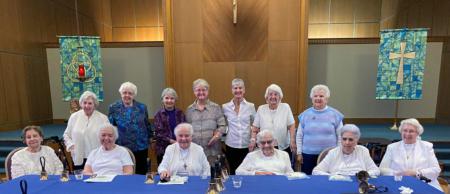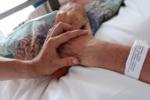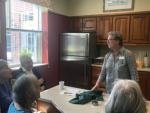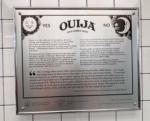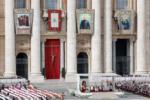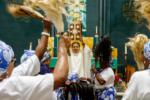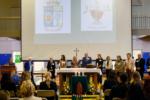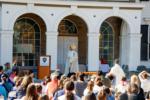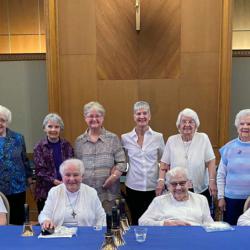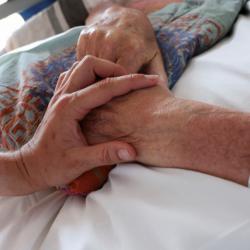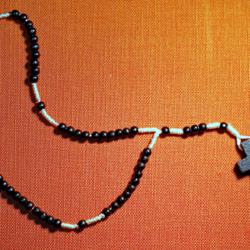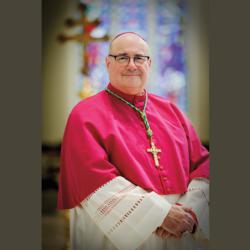St. Augustine's Convent -- A reflection
South Boston Neighborhood Development Corporation (NDC) is transforming the former St. Augustine's Convent, once used by the Sisters of Notre Dame de Namur, into affordable senior housing. St. Augustine's Convent was opened in 1895 in response to the significant number of Catholics who were immigrating to South Boston. In 1995, the Sisters stopped using the building as a convent. Even though it didn't look like it from the outside, the St. Augustine's Convent was a home on the inside, an opinion shared by Sister Peggy Youngclaus, SNDdeN, a former resident.
"I think the people that lived there ... made it a home," said Sister Peggy, who lived in the convent from 1965 to 1969. "I'm so happy that a convent will be used as affordable senior housing. I think that's a great idea. Otherwise, it's sitting there."
The community spirit in the convent was entirely positive, shared by Sister Peggy, and the Sisters also had a positive relationship with the clergy in the parish who came daily for liturgy in the chapel, also Sister Peggy's favorite room in the building.
"I loved that chapel," she said. "We prayed together every day, early in the morning and before we retired at night."
The kitchen, dining room, and laundry room were on the first floor. In the cellar was a pantry that the younger Sisters had to periodically clean out and wonder if they would meet any critters down there, said Sister Peggy, who now lives in the Sisters of Notre Dame's assisted living facility in Worcester after living in South Boston for 55 years.
The second floor held the chapel and a large community room. Bedrooms were on the third and fourth floors. Sister Peggy's room, or "cell" as she called it, was very tiny. On the third floor, it had a desk, a chair, and a bed. Sister Peggy doesn't recall if she had a dresser, but there were no closets.
"We wore habits, so we didn't have many clothes," the Dorchester native said. "We did the laundry ... took the elevator to the fifth floor and hung our laundry on the roof. Every morning, that was part of after breakfast duties: into the laundry, up to the roof, hanging up the sheets and everybody's laundry."
Regarding their chores, the Sisters were assigned duties such as cleaning the kitchen, the laundry room, and other parts of the house. Every Sister was responsible for her room. A typical day for the Sisters consisted of waking up at 5 a.m., getting black coffee, going to the chapel for a half-hour meditation and Mass, eating breakfast, doing laundry, and then heading to school to teach.
Sister Peggy will never forget how wonderful Christmastime was at the convent. "There was so much preparation, and the girls from the high school used to come and help." The Sisters would set up the dining room to spread the gifts for wrapping. She recalled driving to Worcester and going to Spag's because gifts were less expensive. "We'd fill up a station wagon and go back and line the gifts up in the first-floor hallway." They would have a massive Christmas party at the German Club, where Santa would come and hand out gifts. "Those were wonderful days, wonderful Christmases."
Sister Peggy taught first grade for 15 years, then worked with children with disabilities at St. Coletta's in Braintree and the Kennedy Institute in Washington, D.C. She taught for 23 years, then became a licensed practical nurse at age 60 and worked 15 years at Franciscan Children's Hospital in Brighton, Massachusetts. Sister Peggy is still working with the Simon of Cyrene Society, which works with people with disabilities.
Ginger DeShaney is the development and communications director for South Boston Neighborhood Development Corporation, a nonprofit dedicated to providing affordable housing to seniors, veterans, families, working people, first-time homebuyers, and renters who make South Boston a community. She enjoys learning about the history of this remarkable building.
